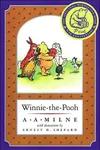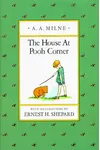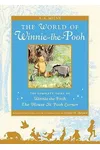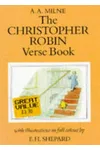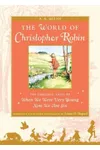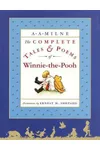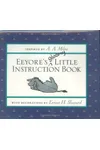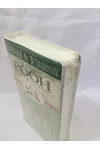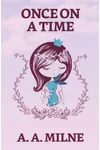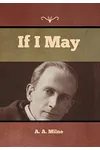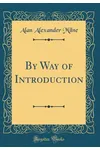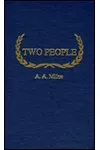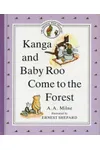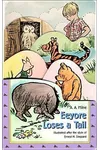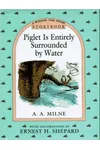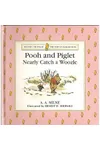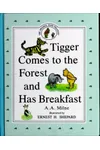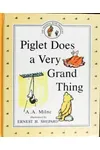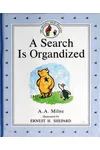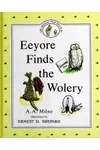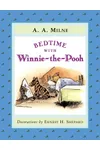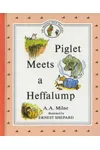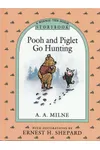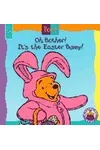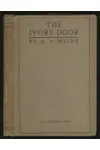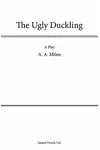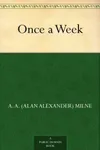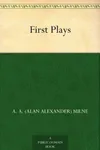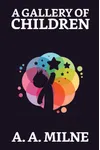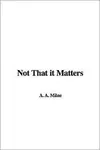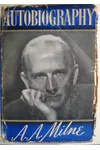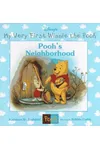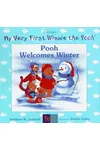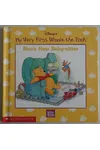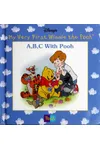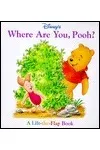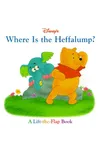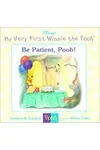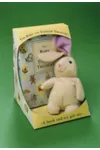Picture an English storyteller who spun a honey-sweet world of whimsy—meet A.A. Milne! Best known for creating Winnie-the-Pooh, Milne brought a silly old bear and his friends to life, capturing hearts worldwide. But there’s more to this author than Pooh’s Hundred Acre Wood. From playful children’s tales to witty adult plays, Milne’s versatile pen left a lasting mark on 20th-century literature.
Born in London in 1882, Alan Alexander Milne was a dreamer with a knack for words. His journey from a Punch magazine humorist to a literary icon is as delightful as Pooh’s adventures. Let’s stroll through his life, works, and the legacy that still enchants readers today.
The Making of A.A. Milne
A.A. Milne grew up in a book-loving family, attending a small school run by his father where a young H.G. Wells was once his teacher. He honed his wit at Cambridge, editing the student magazine before joining Punch, where his humorous essays sparkled. Milne’s early career wasn’t all laughs—he served in World War I, an experience that shaped his later pacifist views and added depth to his writing.
By his 30s, Milne was a successful playwright, crafting clever comedies like Mr. Pim Passes By. But it was fatherhood that changed everything. Inspired by his son, Christopher Robin, and his stuffed toys, Milne began writing the stories that would make him a household name.
A.A. Milne’s Unforgettable Stories
Milne’s Winnie-the-Pooh (1926) and The House at Pooh Corner (1928) are the heart of his legacy. These children’s classics follow Pooh, Piglet, Eeyore, and friends in the Hundred Acre Wood, blending gentle humor with timeless lessons about friendship and imagination. The stories, rooted in Milne’s playful bedtime tales for Christopher Robin, have a cozy, conversational style that feels like a warm hug.
Before Pooh, Milne wrote poetry collections like When We Were Very Young (1924), featuring charming verses such as “The King’s Breakfast.” His adult works, like the mystery novel The Red House Mystery (1922), showcase his versatility, with crisp dialogue and clever plotting. Milne’s style—witty, accessible, and quietly profound—made his stories resonate across ages.
Though Pooh overshadowed his other works, Milne’s ability to weave humor and heart set him apart. His children’s tales, in particular, captured the innocence of youth, while his plays and essays revealed a sharp, observant mind.
Why A.A. Milne Matters
A.A. Milne’s impact stretches far beyond the page. Winnie-the-Pooh became a global phenomenon, translated into dozens of languages and adapted into films, TV shows, and Disney’s iconic animated series. The stories shaped children’s literature, proving that simple tales could carry deep emotional weight. Milne’s work also inspired parents to read aloud, fostering a love of storytelling in generations.
Despite his success, Milne had a complex relationship with fame. He longed to be recognized for his adult works, but Pooh’s popularity defined him. Today, his legacy endures in the joy his stories bring and the way they remind us to cherish life’s small, sweet moments.
About A.A. Milne
- Born: January 18, 1882, London, England
- Key Works: Winnie-the-Pooh, The House at Pooh Corner, When We Were Very Young, The Red House Mystery
- Died: January 31, 1956
- Fun Fact: Milne’s son, Christopher Robin, inspired the human character in the Pooh stories.
Snag Winnie-the-Pooh and dive into A.A. Milne’s whimsical world—it’s a hunny of a good time!

